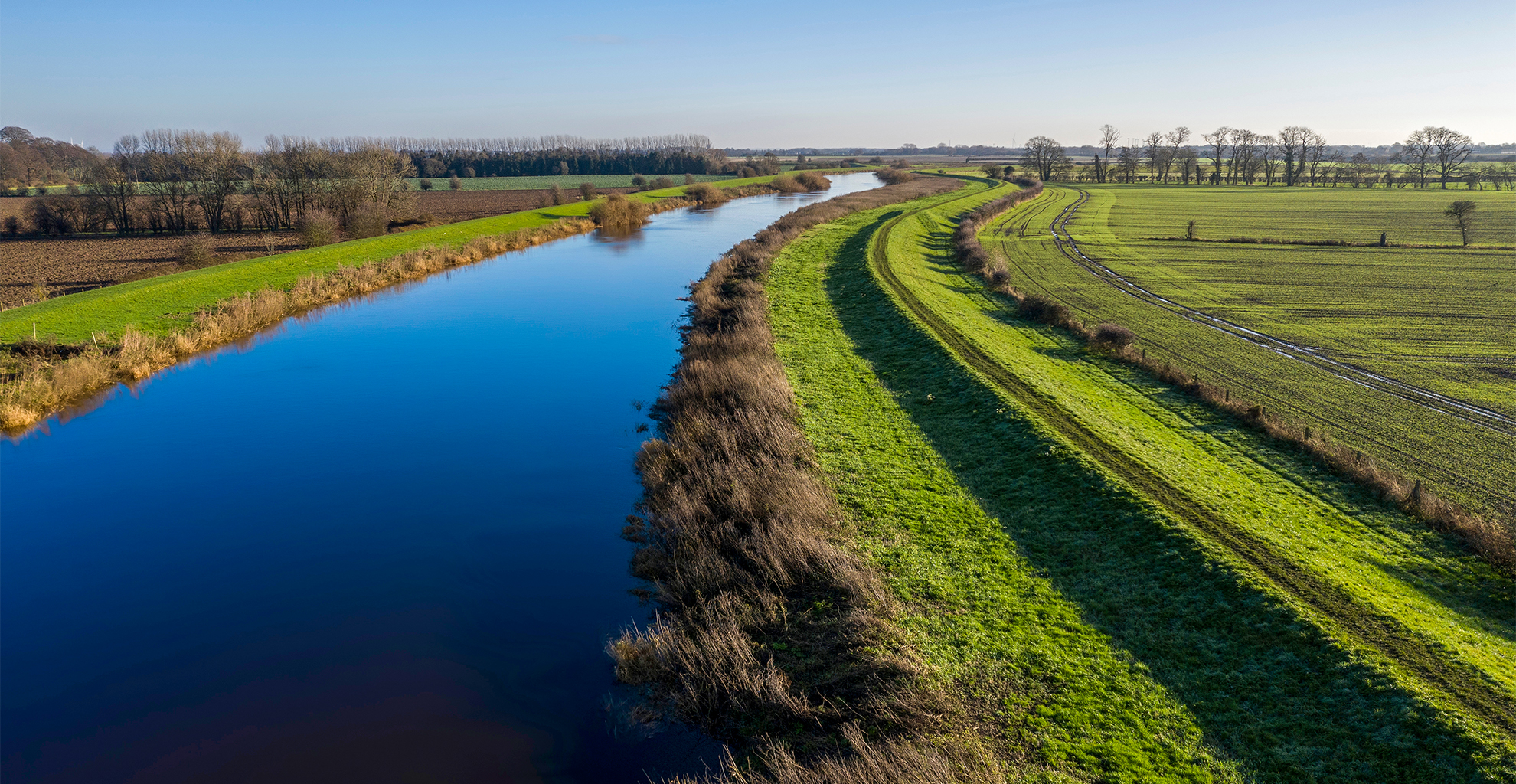Civix ROW Tech is Helping States Prepare for Federal Infrastructure Funds
The Senate passed a massive bipartisan infrastructure bill on August 10th. The $1 trillion deal is aimed at rebuilding the nation’s roads and bridges, modernizing its power grid, repairing and replacing aging water systems, funding new resilience and broadband initiatives, and much more.
With the huge influx of federal funds headed to states, Civix experts are advising governments to leverage Right of Way (ROW) and land asset management technology to avoid planning mistakes that can cause increased costs and delayed delivery of these critical projects.
The infrastructure bill focuses spending mainly on three categories: transportation, utilities, and environmental remediation and clean energy. Here’s a short rundown of the proposed allocations:
- $110 billion for roads, bridges, and other transportation projects
- $25 billion for airports
- $66 billion for railways
- $65 billion for high-speed internet
- $8 billion for Western water infrastructure
- $21 billion would go to cleaning up abandoned wells and mines, and Superfund sites
- $73 billion to update the electricity grid
- $7.5 billion to construct electric vehicle charging stations
- $17.5 billion for clean buses and ferries
- $15 billion for removing lead pipes
As states are preparing to receive the influx of funds for these projects, having a complete and accurate view of existing land rights is a critical first step, according to Mona Nosari, Civix’s Vice President of Right of Way Management.
“With so many types of projects covered by this infrastructure bill, Right of Way and GIS mapping are essential,” she said. “When federal funds are allocated to projects, whether planning, acquisition, or construction, an auditing process occurs to ensure those acquisitions are compliant with federal regulations. An inventory is necessary to certify ownership of required rights of way and the audit process to ensure property owners were treated equitably in accordance with the URA – without it, there are legal complications that put your funding at risk.”
Nosari is widely respected for her unmatched expertise in federal law and regulations related to Right of Way, and she’s been advising state and local governments in this area for more than 30 years with Civix, formerly known as GCR Inc. She and her team have experience managing Right of Way for projects large and small, from hundreds of miles of levees in Louisiana to thousands of miles of highway in Nevada.
Beyond their unmatched expertise, Nosari and her team leverage the power of Civix’s technology tools to quickly and efficiently deliver ROW services and information to state and local governments.
Civix’s Land Information Management System (LIMS) provides state and local governments and their constituents with an accurate and complete GIS representation of land assets. It’s the solution that’s made managing all state ROW boundaries for roadways within Nevada – about 5,400 miles of highway – possible.
“LIMS, coupled with our deep knowledge of ROW and land records, empowers governments by providing the information they need to make informed decisions, determine land ownership, use, rights, and legal responsibilities and take appropriate action,” she said. “With the Infrastructure Bill advancing through Congress, and additional funding in the pipeline, now is the perfect time for state and local governments to make this modest investment in the coordinated management of their public land assets and ROW for decades to come.”

